Cuckoo Bee Coelioxys apicata
Superfamily Apoidea. Family Megachilidae. Subfamily Megachilinae. Tribe Megachilini
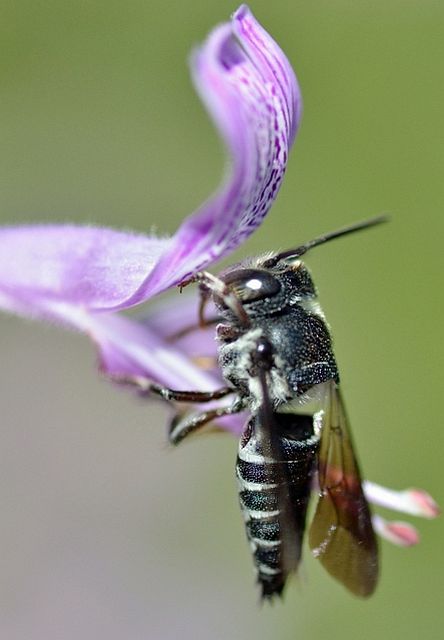
© BluTuna
Each species of
Coelioxys is a cleptoparasite only of certain host species. A female
Coelioxys can use its sharp abdomen to pierce the cells of other
Megachile species where an egg is then laid in the cell. The egg of the
Coelioxys hatches before that of the
Megachile and the newly-hatched larva crushes the
Megachile egg with its large jaws. The
Coelioxys larva can then feed on the contents of the cell. Pupation occurs within a cocoon spun within the host cell where the larva overwinters as a prepupa. The genus
Anthophora excavates nest burrows in sandy soil or rotting wood, where they may also become the hosts of
Coelioxys larvae.
Female
Coelioxys should be treated with care as they may sting; males are said to emit an unpleasant odour when handled.
Description
Metasoma pointed distally, bifurcate in males, not curled under. A darkly coloured bee with sharply defined hair bands on the abdomen. The hairless eyes are strikingly different from those of most subgenera.
Females have a 6 segment, elongated abdomen and the males a 7 segment spiny one.
Distribution
Througout Africa.
Links:
Discover Life
Hunting cannot be considered a sport as all contestants in a sport should know they are playing the game!
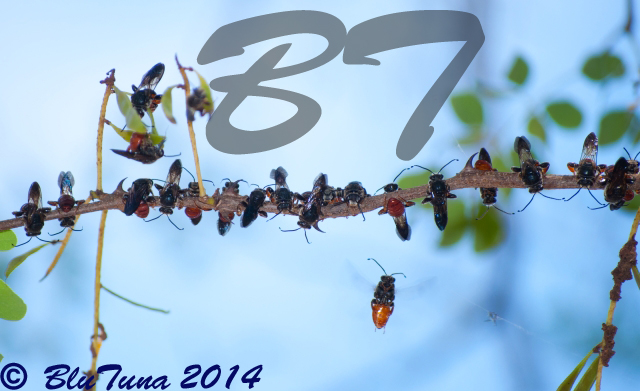 © BluTuna
© BluTuna © BluTuna
© BluTuna © BluTuna
© BluTuna © BluTuna
© BluTuna © BluTuna
© BluTuna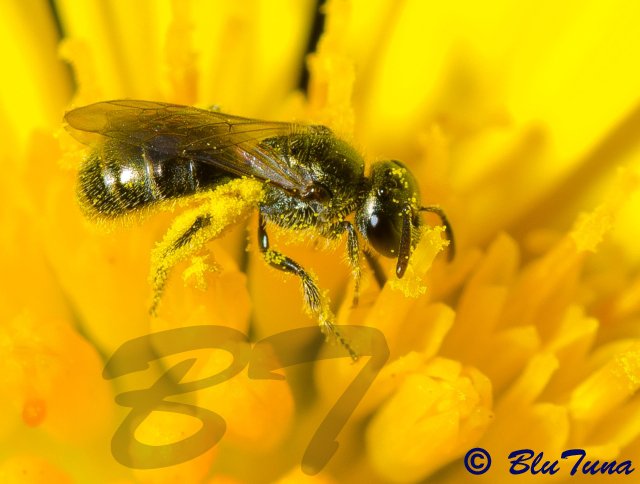 © BluTuna
© BluTuna © BluTuna
© BluTuna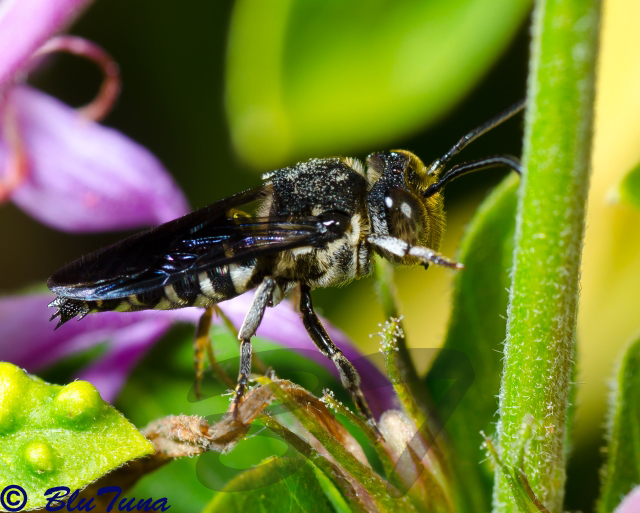
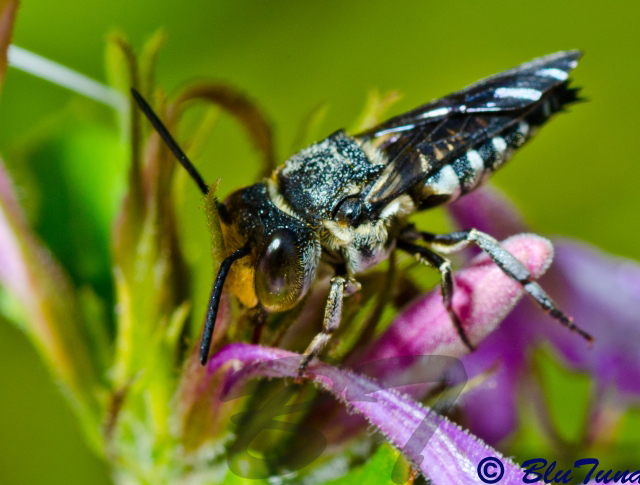
 © BluTuna
© BluTuna